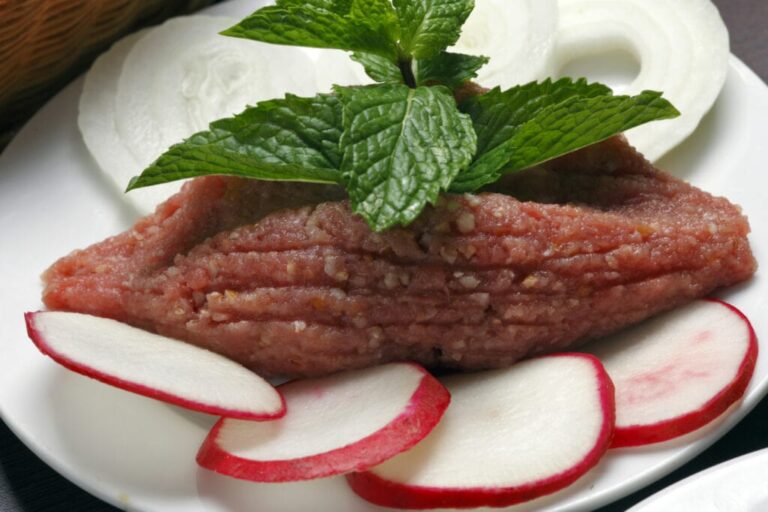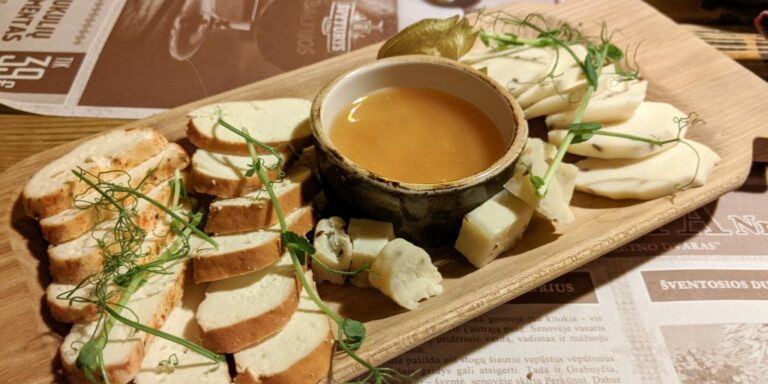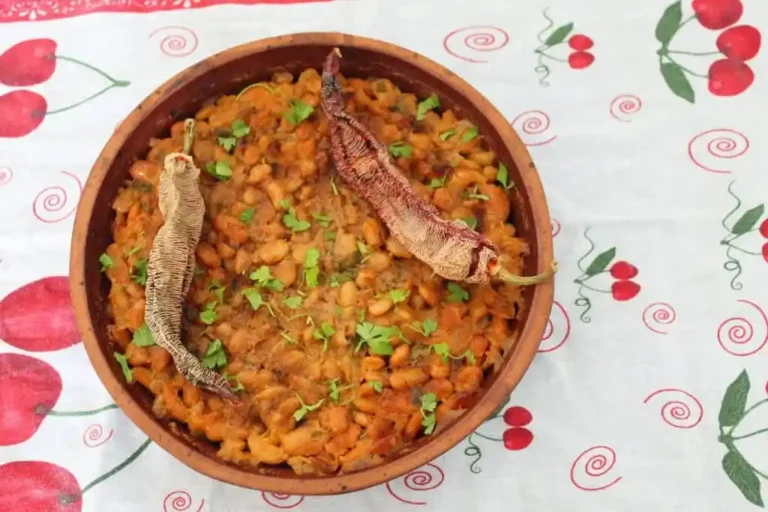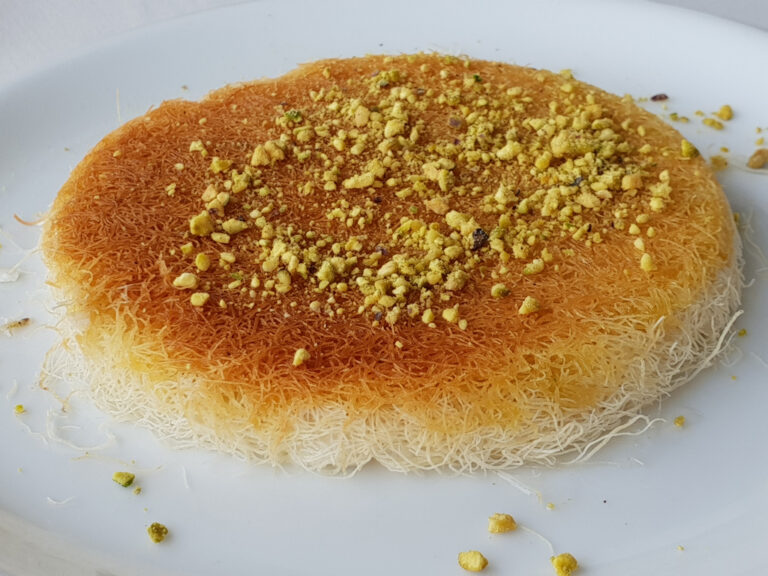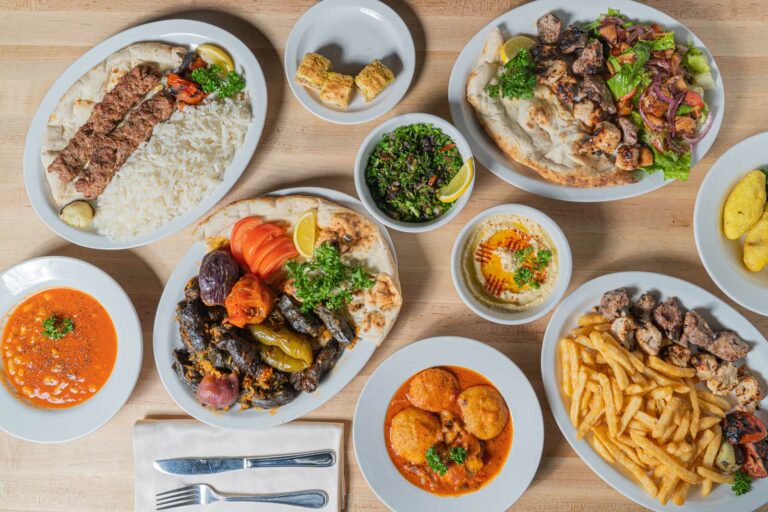Introduction: Israeli cuisine as a melting pot of flavors
Israeli cuisine is known for its diverse flavors, blending various culinary traditions from around the world. The country’s geographical location and cultural history have played a significant role in shaping its cuisine. Israel is situated at the crossroads of Europe, Asia, and Africa, providing the country with a unique mix of culinary influences. Additionally, Jewish migration to Israel has brought various culinary traditions from around the world, including Eastern Europe, North Africa, and the Middle East. This cultural diversity has made Israeli cuisine a melting pot of flavors, with each dish telling a unique story of its origins.
The influence of Middle Eastern cuisine on Israeli cuisine
Middle Eastern cuisine has had a significant influence on Israeli cuisine, with many of its dishes originating from the region. Some of the most popular dishes in Israeli cuisine, such as hummus and falafel, are of Middle Eastern origin. These dishes have become staple foods in Israel and are enjoyed by locals and visitors alike. Middle Eastern cuisine has also influenced Israeli cuisine in terms of spices and herbs, with dishes often featuring cumin, coriander, turmeric, and sumac. Additionally, Israeli cuisine has adopted the use of pita bread as a staple, which is common in Middle Eastern cuisine.
Shared ingredients and cooking techniques between Israeli and Middle Eastern cuisines
Israeli cuisine and Middle Eastern cuisine share many ingredients and cooking techniques. Both cuisines rely heavily on herbs and spices, such as za’atar, sumac, and cumin. Additionally, both cuisines use similar cooking techniques, such as grilling, roasting, and frying. The use of ingredients such as chickpeas, eggplant, and tahini is also prevalent in both cuisines. These shared culinary traditions have allowed Israeli cuisine to preserve its roots while also adapting to modern tastes.
The role of Jewish migration in shaping Israeli cuisine
Jewish migration to Israel has played a significant role in shaping Israeli cuisine. Jewish immigrants brought with them unique culinary traditions from their home countries, such as the Ashkenazi Jewish cuisine from Eastern Europe and the North African Jewish cuisine. These culinary traditions have contributed to the diverse range of flavors found in Israeli cuisine. Additionally, Jewish immigrants brought new ingredients and cooking techniques, which have helped to shape Israeli cuisine into what it is today.
The impact of global food trends on Israeli cuisine
Global food trends have also had an impact on Israeli cuisine, with chefs and food entrepreneurs experimenting with new ingredients and cooking techniques. Israeli cuisine has seen a rise in plant-based and vegan dishes, which aligns with the growing global trend towards sustainable and healthy eating. Additionally, Israeli cuisine has also been influenced by the fusion food trend, with chefs blending traditional and modern techniques to create unique dishes.
Conclusion: Israeli cuisine as a unique blend of tradition and innovation
Israeli cuisine is a unique blend of traditional and modern culinary traditions, influenced by Middle Eastern cuisine, Jewish migration, and global food trends. Its diverse flavors and ingredients make it a popular cuisine worldwide, with dishes such as hummus and falafel becoming household staples. Israeli cuisine’s ability to adapt to new trends while preserving its roots has allowed it to remain relevant and exciting. As Israel continues to evolve, its cuisine will undoubtedly continue to transform, creating new and innovative flavors for the world to enjoy.



